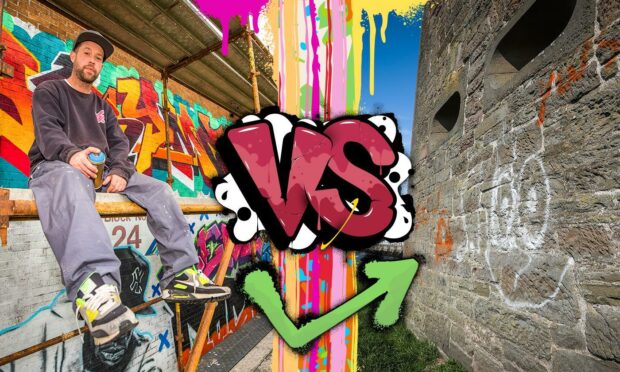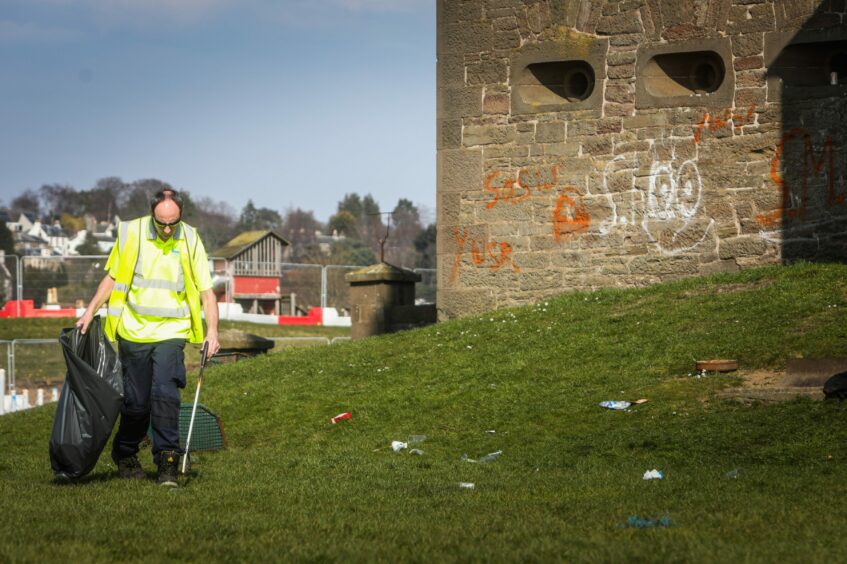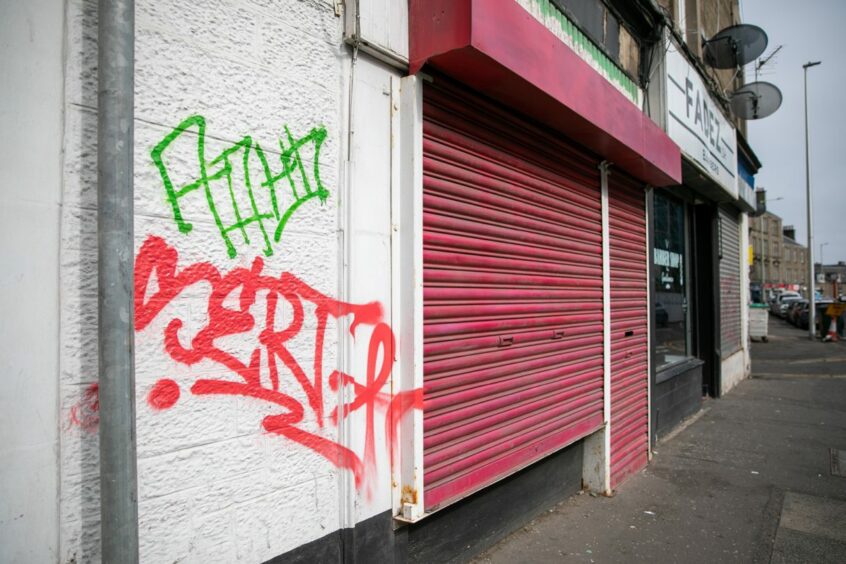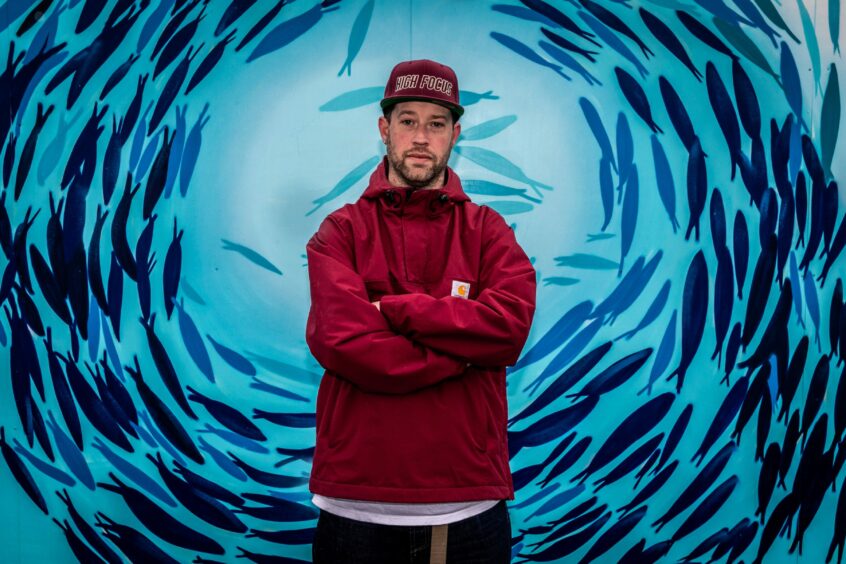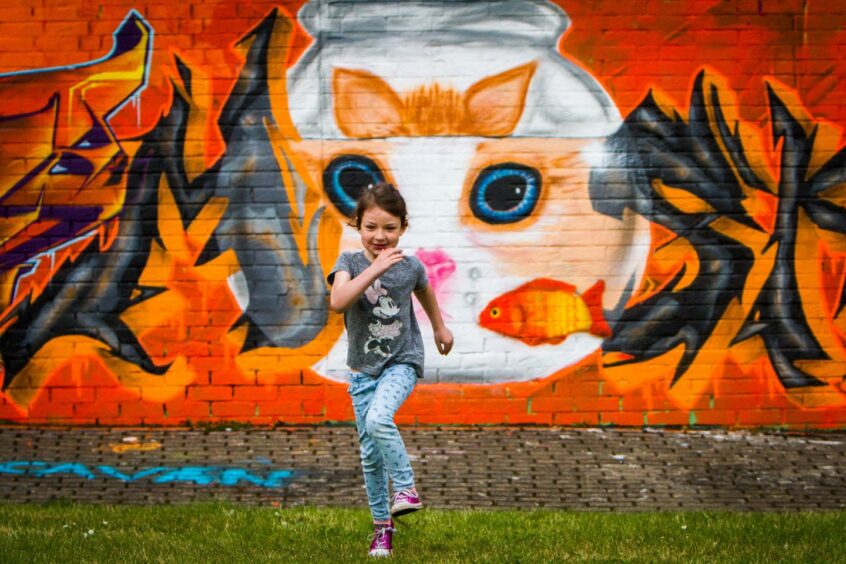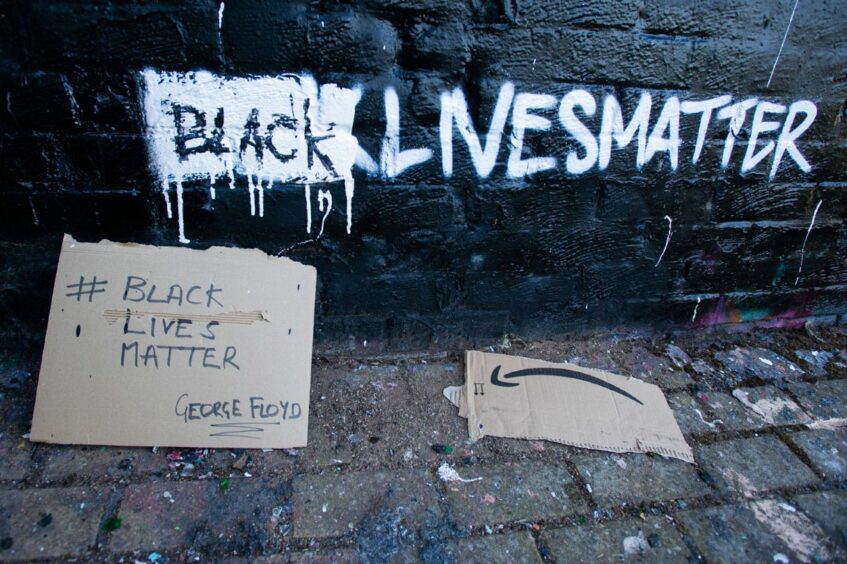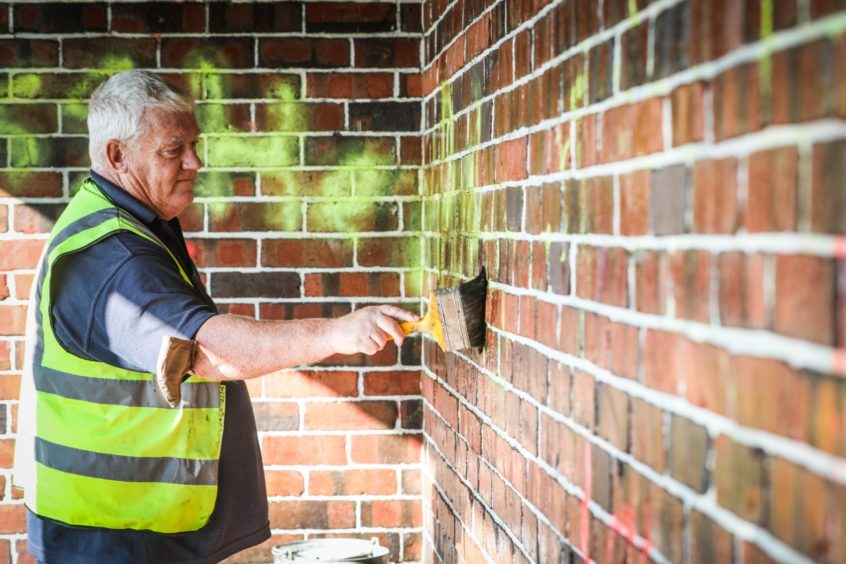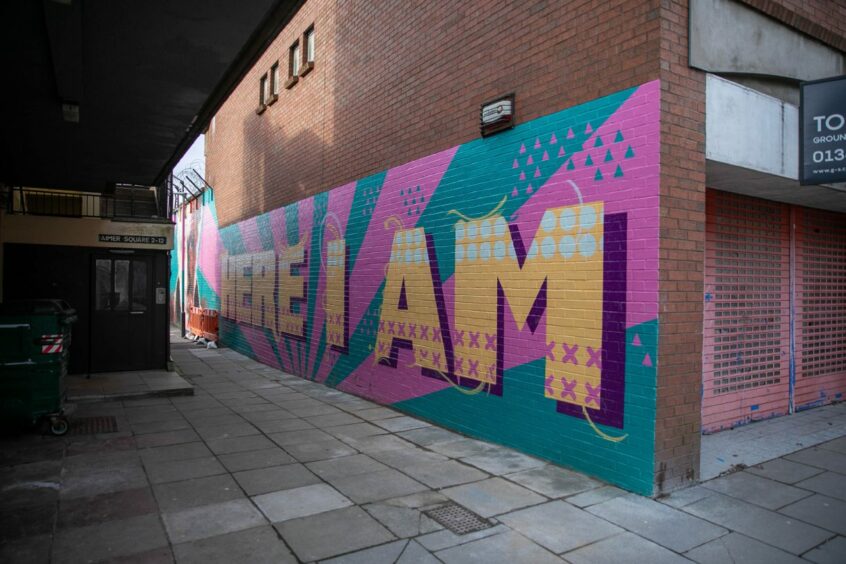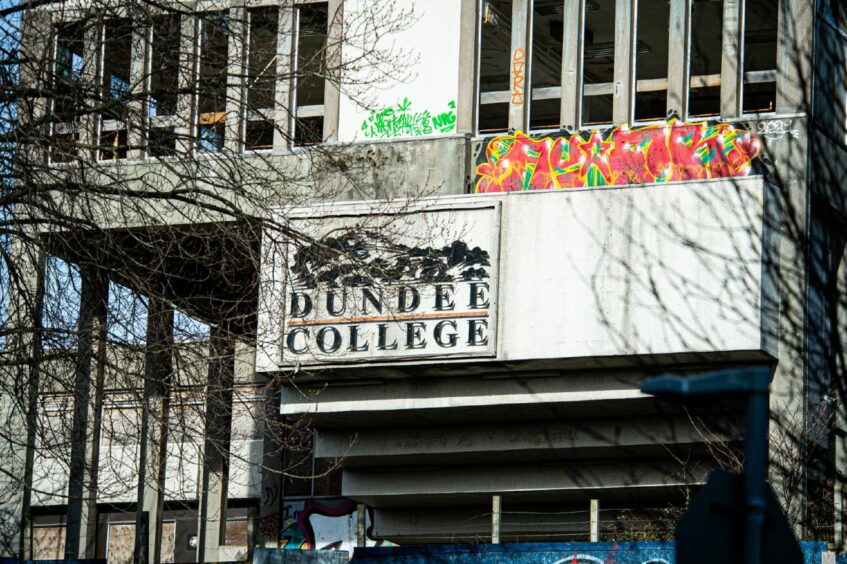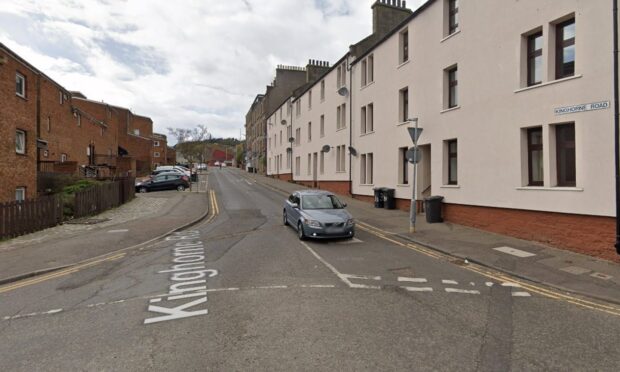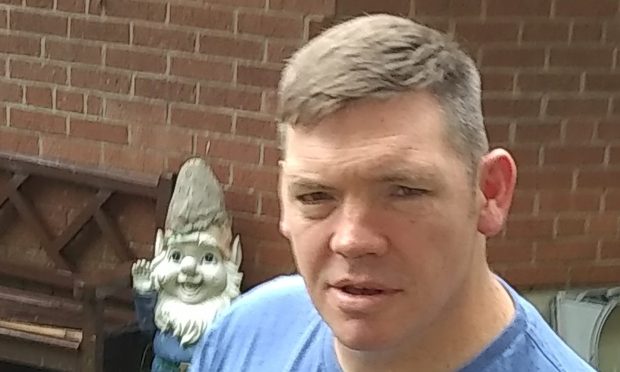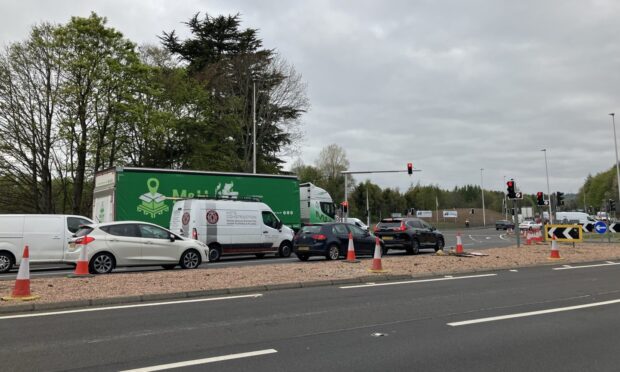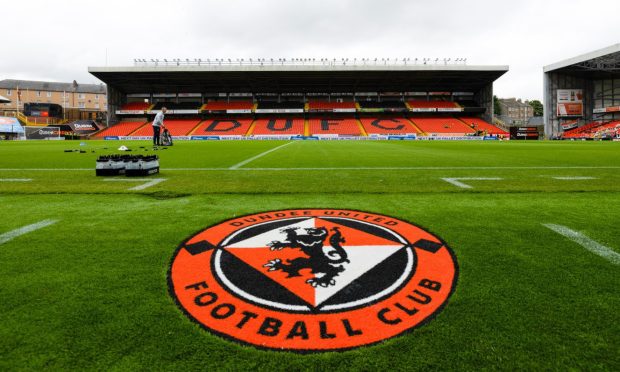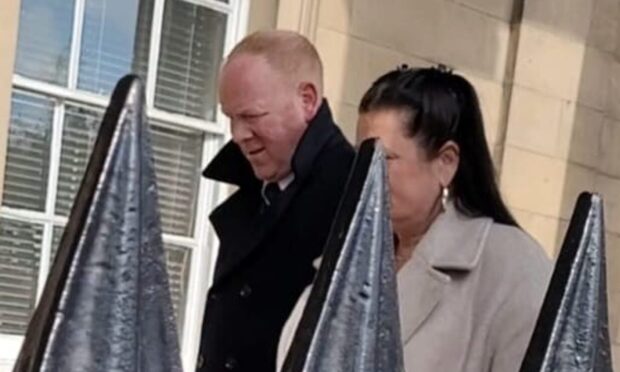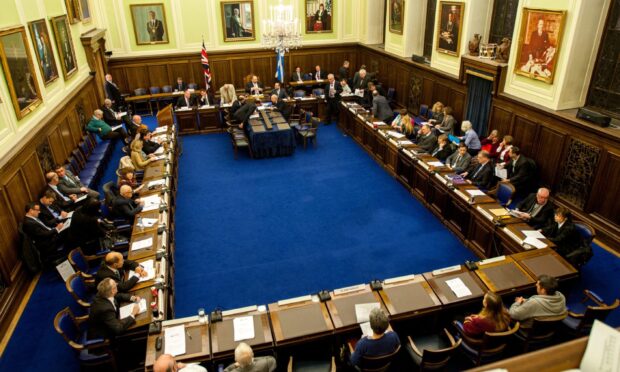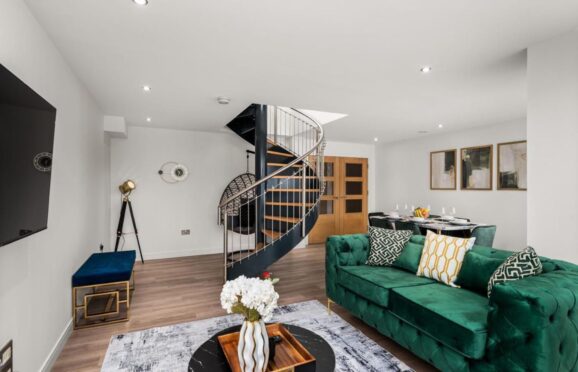The lighter nights inevitably bring with them more problems with anti-social behaviour in Dundee.
And already, Broughty Ferry has borne the brunt of it – after spray-paint was daubed at sites including on the walls of the iconic castle.
Those actions have been described as “utterly disgraceful” and “idiotic” by city leaders.
But when does art cross the line into vandalism? And what is acceptable when it comes to graffiti?
Dundee artist Adam Milroy is the man behind several eye-catching murals in the city – including the Tay Whale – and runs a number of projects like the annual Dundee Graffiti Jam.
He says that there is a “time and a place” for graffiti as part of an unwritten rule among artists.
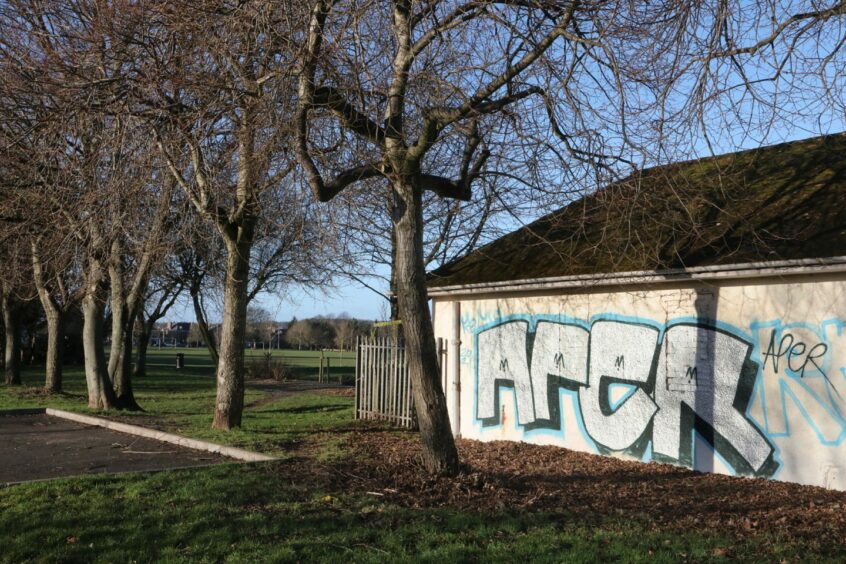
He told The Courier: “When we started doing graffiti we kind of came up with a rule where we wouldn’t paint on anybody’s private property, because then it wouldn’t be just one person’s problem – it was everyone’s problem.
“Half of the time, when it’s sort of smiley faces and not really much lettering or traditional kind of graffiti writing, it is likely it’ll be drunk kids who found a can of spray-paint and are acting up a wee bit.”
How Dundee has ’embraced’ graffiti
Despite public concerns, Dundee became one of the first places in Scotland to “embrace” graffiti culture.
“We’re quite fortunate here that if people do want to graffiti, they can,” Adam said.
“I can’t fault the council for the things that they’ve done for us, whether that’s been through community centres, workshops or just giving us a place to paint.
“At one point we had more spots to legally paint than Glasgow or Edinburgh combined.”
Adam says there are many forms of graffiti, but that the word itself carries negative connotations.
“You’ve got people who just find a can on the street and have a laugh with it until it runs out, you’ve got gang culture, you’ve got people who are into style writing and then you’ve got big graffiti productions with characters and backgrounds with multiple people taking part,” he said.
“That’s all tied into one term. We should really have a method that differentiates it from – for lack of a better word – vandalism.”
Dundee Graffiti Jam
Dundee Graffiti Jam is described as the city’s “only real aerosol art event”, and has been running since 2005.
Artists from across the country are invited to come along and spray-paint.
Adam believes it has played a big part in helping graffiti become an accepted artform.
Last year’s jam was hosted at Dunsinane House, where owner Derek Mawhinney offered up an office building as a “blank canvas”.
In 2017, artists brightened up Coldside at the DPM Park off Main Road, which was at the time the UK’s longest-established legal graffiti space.
Adam said: “As the Graffiti Jam grew in popularity, we started noticing more and more people engaging with us when we were doing it.
“We used to have a really shady part of ground up Coldside, you wouldn’t really walk through there at night time because it was all smashed bottles and fires – it’s kind of still like that but it looks a lot nicer.
“People argue that graffiti has a negative impact on society when we’ve seen first-hand that it’s actually got a positive impact.
“I can still relate to the mindset it gives. There’s a lot of nasty stuff happening in the world just now and people need an outlet.
“It’s not just about slapping your name up on a wall to annoy somebody, it’s saying, ‘look at me, I’ve got a voice and I want to be heard’ – it can go quite deep for people.”
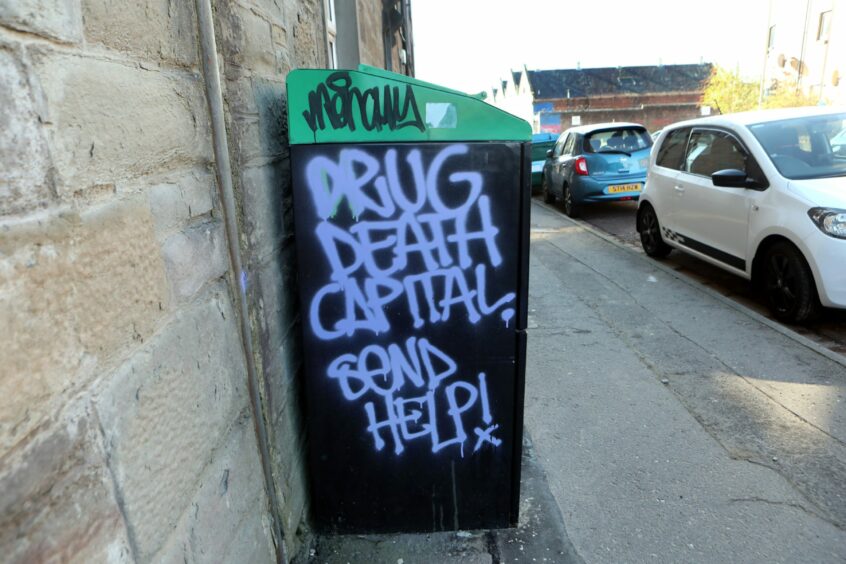
What is the law on graffiti?
When property is tagged with graffiti, without the permission of the owner, it is classed as an act of vandalism in Scotland under the Criminal Law (Consolidation) Scotland Act 1995.
The legislation states: “Any person who, without reasonable excuse, wilfully or recklessly destroys or damages any property belonging to another shall be guilty of the offence of vandalism.”
Those convicted can be fined up to £10,000 and jailed for up to three months for first offences and six months for a repeat offence.
But police say they are dealing with fewer instances of vandalism in Dundee.
Chief Inspector Ross Fitzgerald, local area commander, said: “Encouragingly, vandalism continues to be on a downward trend, with 71 fewer crimes being reported to the police this year compared to last.
“Occurrence rates are now 14% below the five-year average, meaning year-on-year reductions in crimes of vandalism have been delivered.
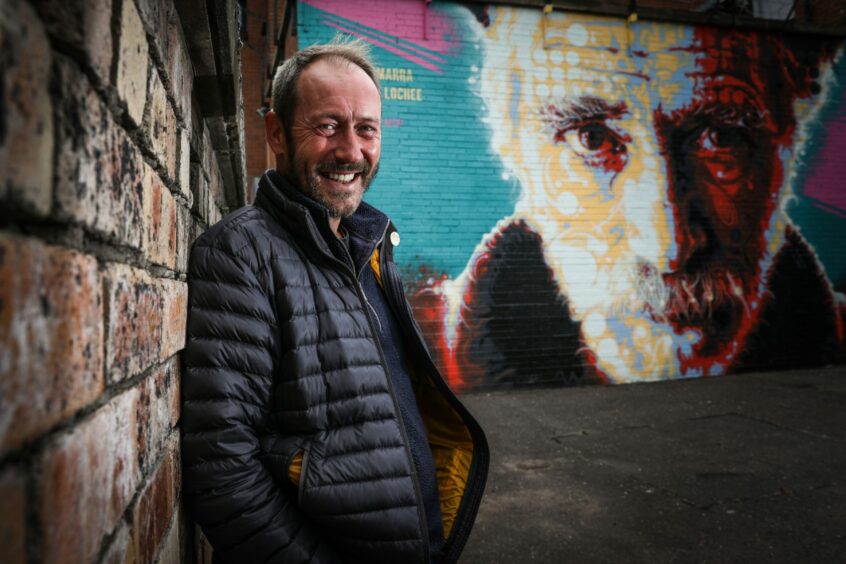
“Vandalism has a negative effect on the wider community where it happens.
“Those involved in this type of behaviour should ask themselves how they would feel if their property, or that of their family, was targeted in this way.”
He says officers work not only on enforcement, but on supporting activities for young people to make “more productive use of their free time”.
Where can you do legal graffiti in Dundee?
Spots in the city where people can practise their graffiti skills legally include:
- The tunnel at Monymusk Park on Arbroath Road
- Seabraes
- DPM park, just off Mains Road in Coldside
- Mary Ann Lane next to Dundee bus station
Councillor John Alexander – leader of the city council – says while graffiti projects are welcome, it is not acceptable to tag public or private property.
He said: “I’ve worked directly with communities and artists on a number of community graffiti art projects which have really brightened up areas.
“Those are welcome, graffiti vandalism is not.
“I am all for community projects that give creative spaces for graffiti art.
“There has to be a line and graffiti vandalism of historic locations, street signs, pavements etc. is crossing it.
“There are some fantastic artistic pieces, including wildlife-based art at Magdalen Green and the Law, to the Hilltown graffiti art wall and images like Michael Marra in Lochee.
“My ask is for those responsible to channel it into benefitting their community, not to bring their city down.”
